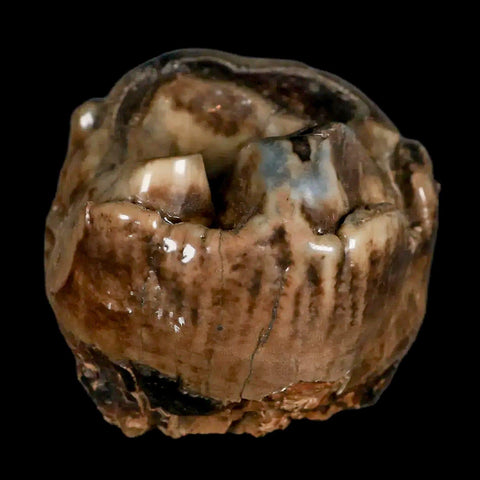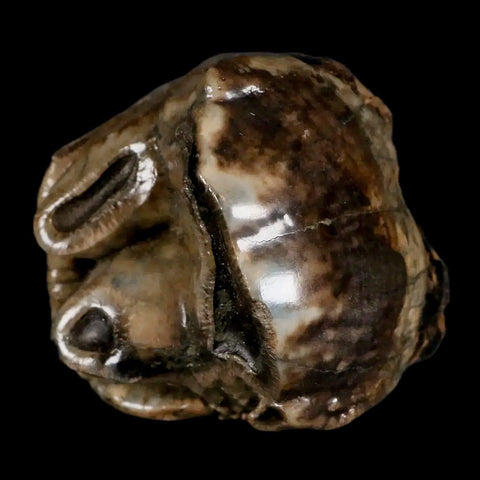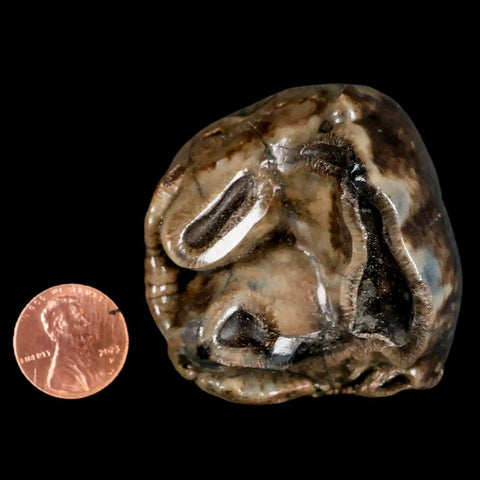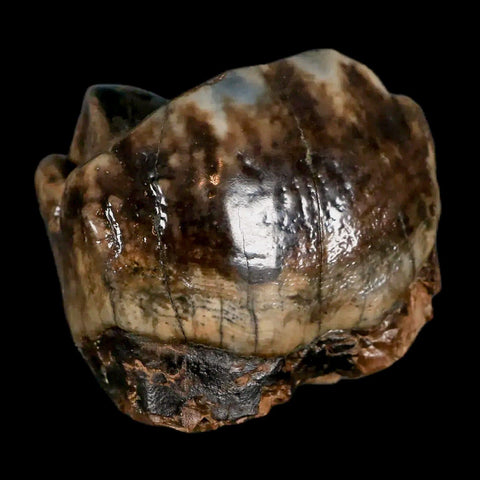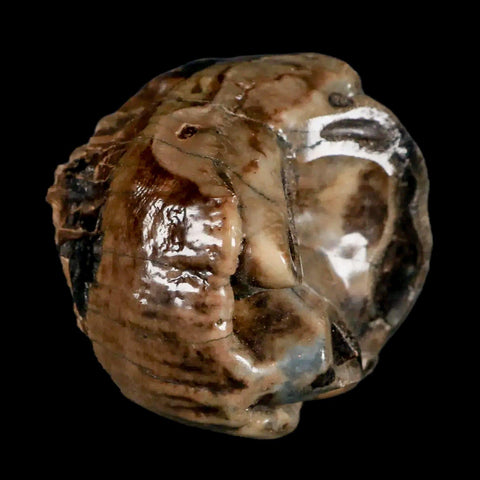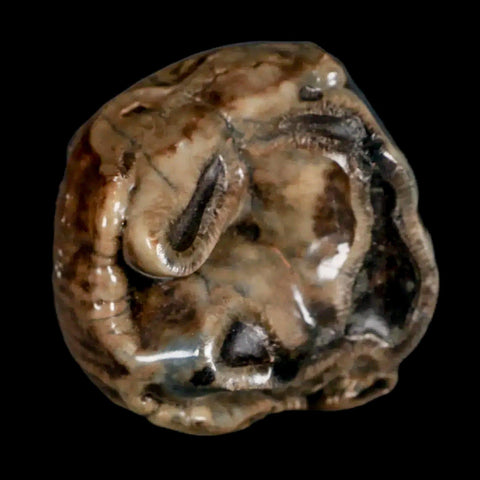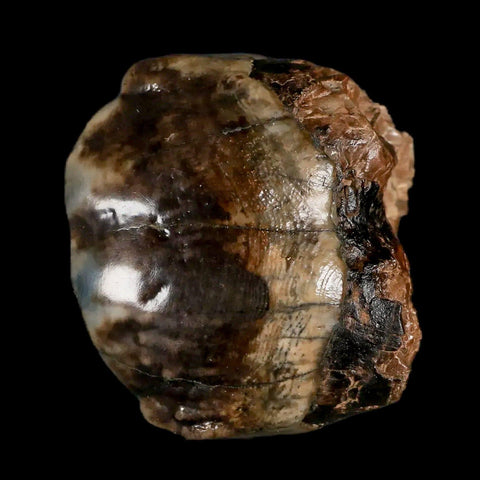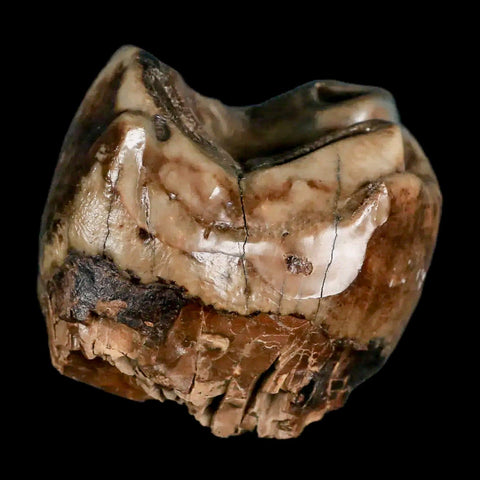2.1" Rare Deinotherium Giganteum Fossil Tooth Miocene Deinothere Gracanica Bosnia
Location: Gracanica Bosnia
Weight: 4.5 Ounces
Dimensions: 2.1 Inches Long, 2 Inches Wide, 1.7 Inches Thick
The Item pictured is the one you will receive.
Miocene Age 11 to 23 Million Years Old.
Deinotherium Giganteum, commonly referred to as the giant deinothere, is an extinct genus of proboscidean that lived during the late Miocene to the Pleistocene epochs, approximately 23 million to 11,700 years ago. This remarkable creature is part of the family Deinotheriidae, which is characterized by its unique dental and skeletal features.
Morphology and Anatomy
Deinotherium giganteum was notable for its large size, with estimates suggesting it could reach lengths of up to 4 meters (approximately 13 feet) at the shoulder and weigh several tons. Its most distinctive feature was its downward-curving tusks, which were formed from elongated incisors. The tusks are primarily used for digging or foraging, the tusks of Deinotherium likely served different purposes, possibly including defense or manipulation of vegetation.
The skull of Deinotherium was elongated and robust, with a pronounced forehead. The structure of its teeth indicates a herbivorous diet; specifically, it had flat molars adapted for grinding tough plant material. The limbs were sturdy and well-adapted for supporting its massive body weight.
Habitat and Distribution
Fossil evidence suggests that Deinotherium giganteum inhabited a variety of environments across Europe, Africa, and parts of Asia. It thrived in forested areas where it could access abundant vegetation. The presence of Deinotherium fossils in various geological strata indicates that these creatures adapted to changing climates over millions of years.
Behavior and Ecology
As a herbivore, Deinotherium likely played a significant role in its ecosystem by influencing plant communities through its feeding habits. Its size would have allowed it to reach higher foliage than many other herbivores of its time. Additionally, like modern elephants, Deinotherium may have exhibited social behaviors; however, definitive evidence regarding their social structure remains elusive due to the limitations inherent in interpreting fossil records.
Extinction
The extinction of Deinotherium giganteum is believed to be linked to several factors including climate change and competition with other herbivores as well as early human activities. As habitats transformed due to climatic shifts towards cooler conditions during the Pleistocene epoch, many large mammals faced challenges that ultimately led to their decline.
In summary, Deinotherium giganteum represents an important chapter in the evolutionary history of proboscideans. Its unique adaptations provide insights into how ancient species interacted with their environments and how they responded to ecological pressures over time.



